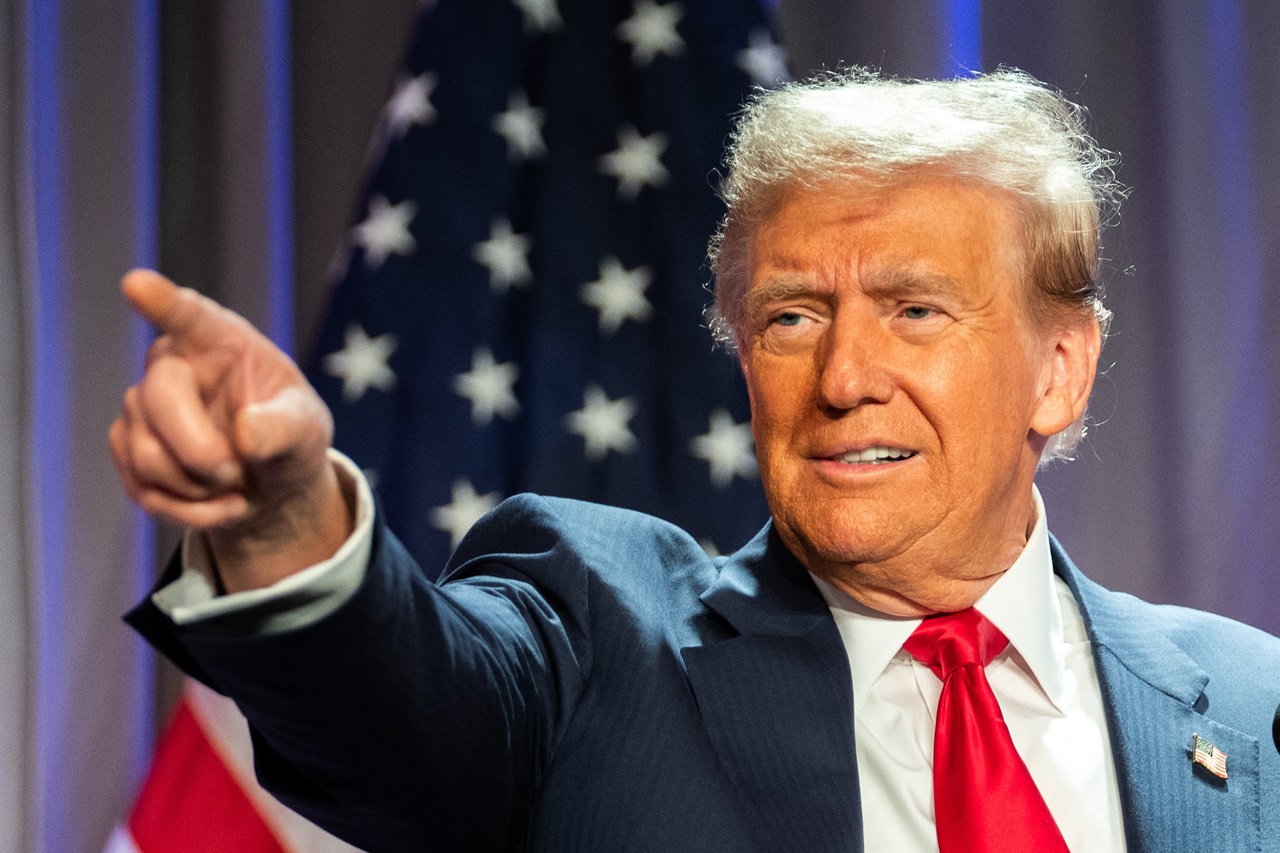
Inflation made in Trump?
The president was warned: tariffs mean inflation. Rising prices was a sensitive issue during the campaign. Can inflation stand in the way of Trump's plans?
U.S. inflation held steady in February, but signs of upward pressure are starting to worry markets and the Federal Reserve. The personal consumption expenditures (PCE) price index, the US central bank's favorite measure, came in at 2.5% year-on-year. However, core inflation - which excludes food and energy - rose to 2.8%, higher than expected.
The data comes at a complex political moment: President Donald Trump has reactivated his tariff agenda and economists warn that this trade tightening could unleash a new wave of inflation. The president of the Boston Federal Reserve, Susan Collins, was blunt: a price increase seems "inevitable", at least in the short term.
Trump has promoted an economic policy based on the defense of the national product and a trade war fragmented by sectors and countries. Although the new tariffs only began to take effect in February, there are already fears among analysts and investors that they will trigger a price escalation in imported goods, such as cars and technology components. At the end of the day, the bill will be paid by the average U.S. consumer through an increase in all goods affected by the import tax.
Inflation as an electoral weapon
During the 2024 presidential campaign, Trump made inflation one of his main arguments to attack his predecessor, Joe Biden. The increase in prices was really a problem for most voters. But the causes were general problems in companies' supply chains and production lines as a post-pandemic effect.
However, Trump repeatedly accused Biden of being responsible for the loss of purchasing power for American families.
The narrative stuck. Inflation was a major concern for voters, especially among Latino and middle-class communities hit hard by the cost of living. Polls showed that the price of food, housing and gasoline influenced more than any other issue in the electoral decision of millions of citizens.
But now, from the White House, Trump faces his own dilemma: the tariffs he is pushing to "strengthen domestic industry" could put upward pressure on prices, just as the Federal Reserve seeks to bring inflation back to the 2% target. Central bank officials have already adjusted their forecasts: by the end of 2025 they expect inflation to be higher than projected in December.
Nervous markets, cautious consumers
Wall Street's reaction was not long in coming. On Friday, March 28, the Dow Jones fell 1.7%, the S&P 500 lost 2% and the Nasdaq plunged 2.7%, dragged down by inflationary concerns and fears of trade retaliation. Gold, a traditional safe haven in times of uncertainty, reached a record high of 3,085 dollars per ounce.
The tremors were also felt in Europe and Asia: shares of automakers such as Volkswagen, Stellantis and Toyota fell sharply on fears of 25% tariffs in the US.
RELATED CONTENT
At the same time, consumers are becoming more cautious. Although spending increased in February (0.4%) and income rose a solid 0.8%, the consumer confidence index deteriorated and the savings rate rebounded to 4.6%. In other words, households are putting more money aside, given the perception that tough times may be ahead.
The Fed, on a minefield
The Federal Reserve finds itself in an uncomfortable position. Although it had anticipated a possible rate cut to stimulate the economy, the rebound in core inflation and trade uncertainty have led it to keep rates between 4.25% and 4.50%. For now, the market consensus is that the Fed will pause at its next meeting in May.
"The report is not devastating," but neither does it offer relief, wrote Bret Kenwell, analyst at eToro. Other economists, such as Stephanie Roth of Wolfe Research, point out that the Fed would need to see a rise in unemployment to consider cuts, something that has yet to happen.
Paradoxically, Trump could end up facing the same problem he used to defeat the Democrats in 2024: persistent inflation that hits voters' pocketbooks. With his new tariff package, which includes measures against cars, Chinese products and European manufactures, the risk of making imported goods more expensive is real.
Moreover, countries such as Canada have already announced retaliation. And if the trade conflict escalates, it could affect supply chains, business margins and, eventually, employment.
The president promised to control prices. But if inflation gets out of hand, it could become his economic Achilles heel.



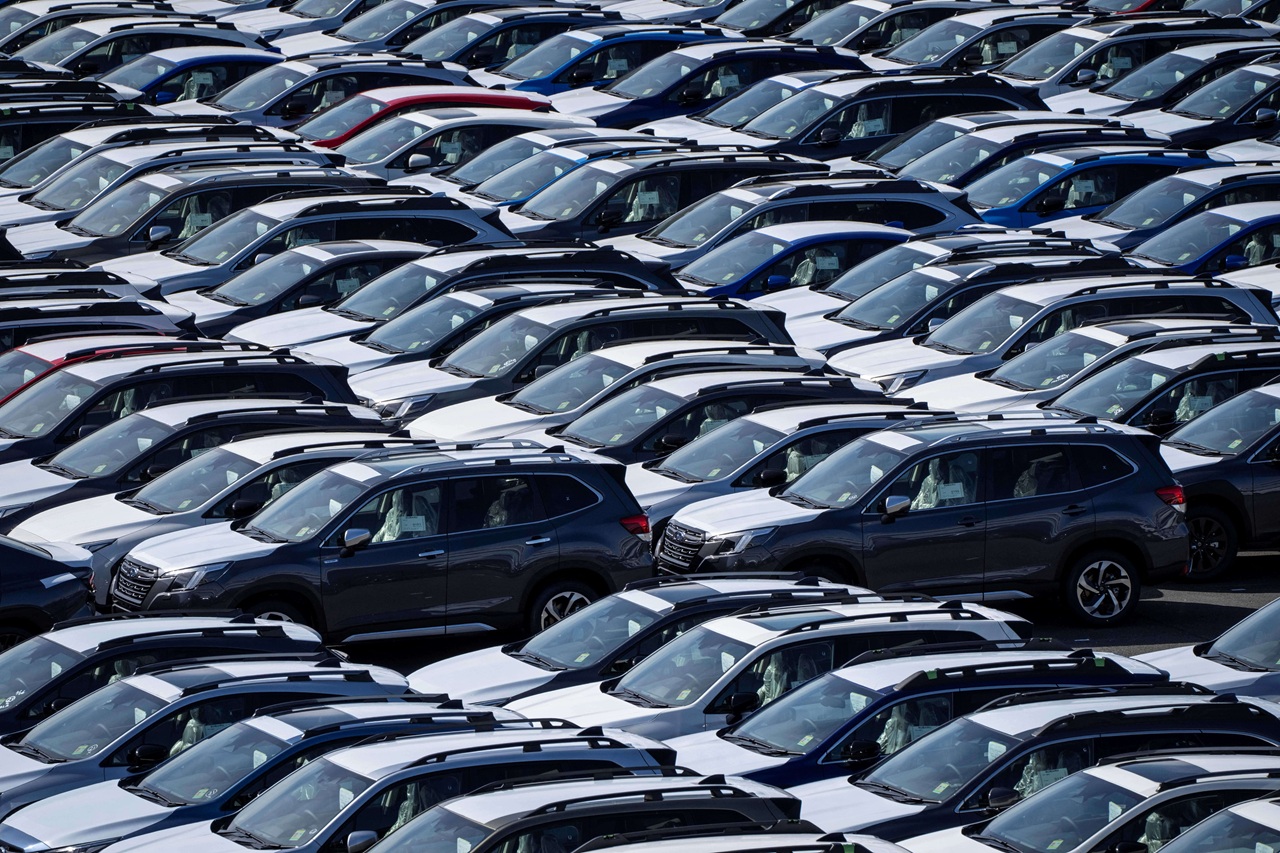
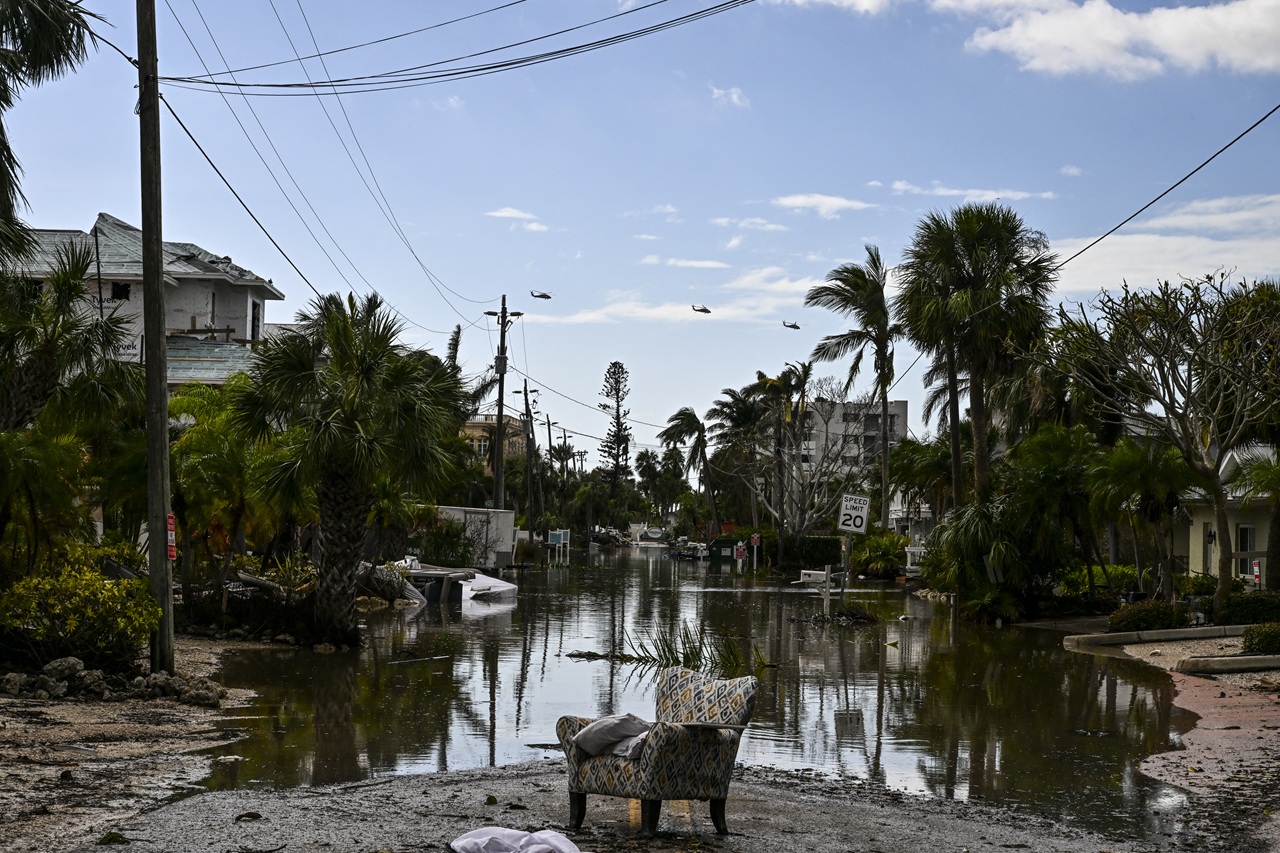

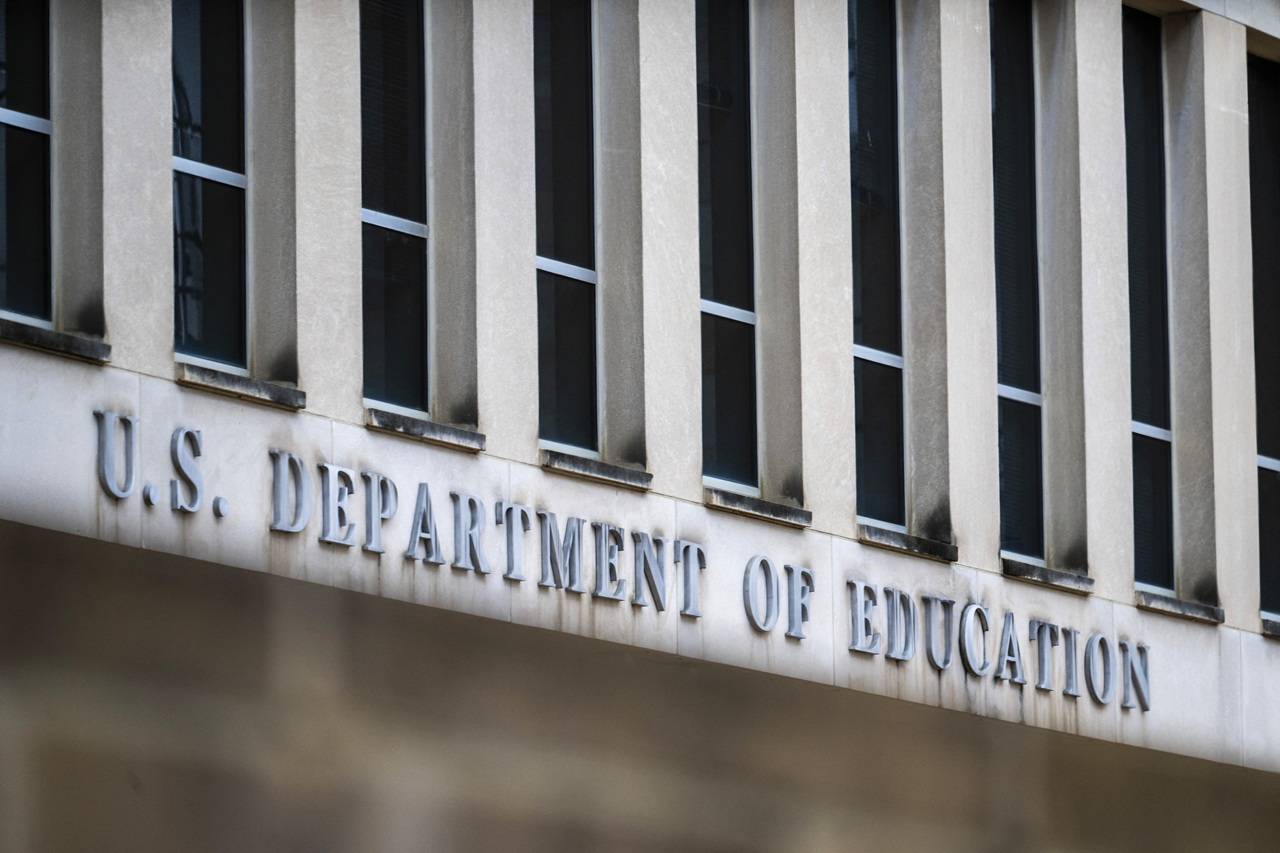

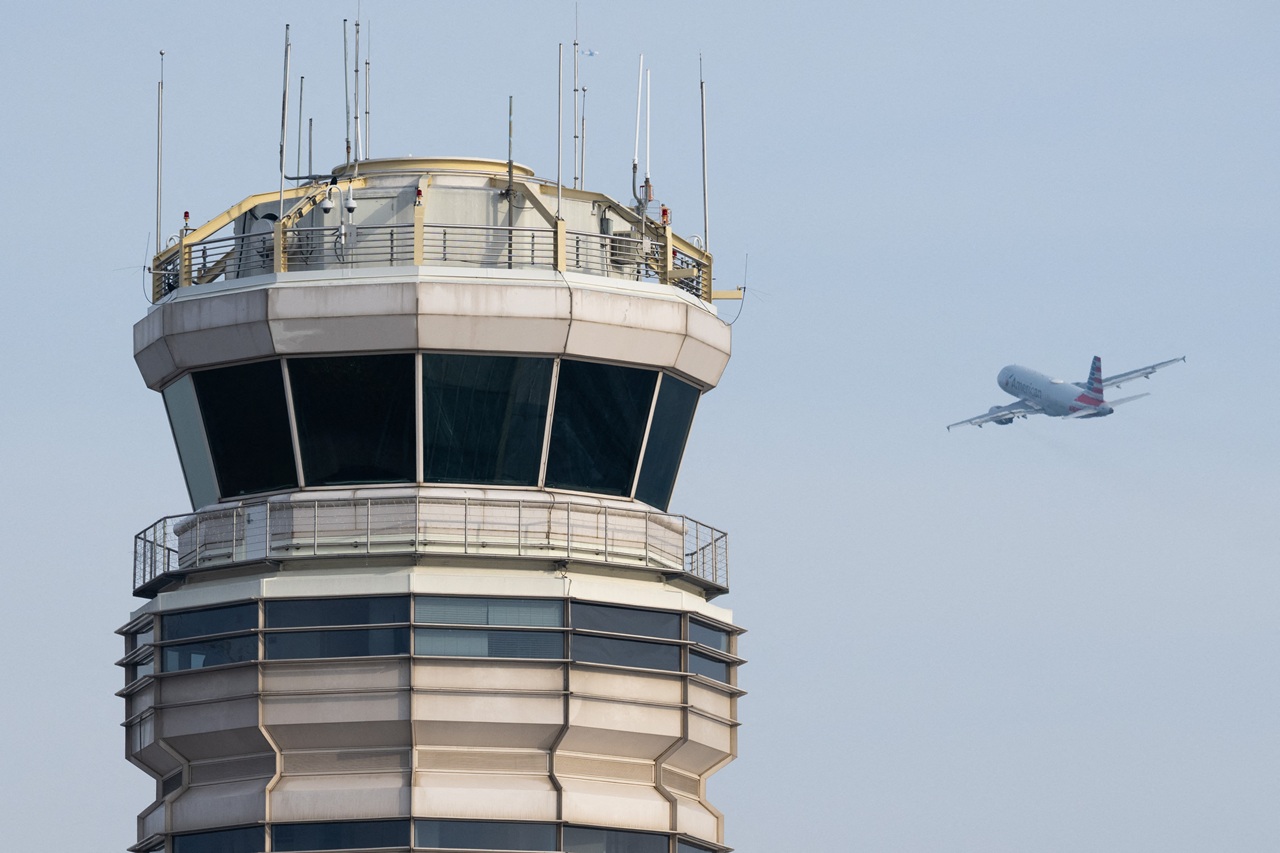
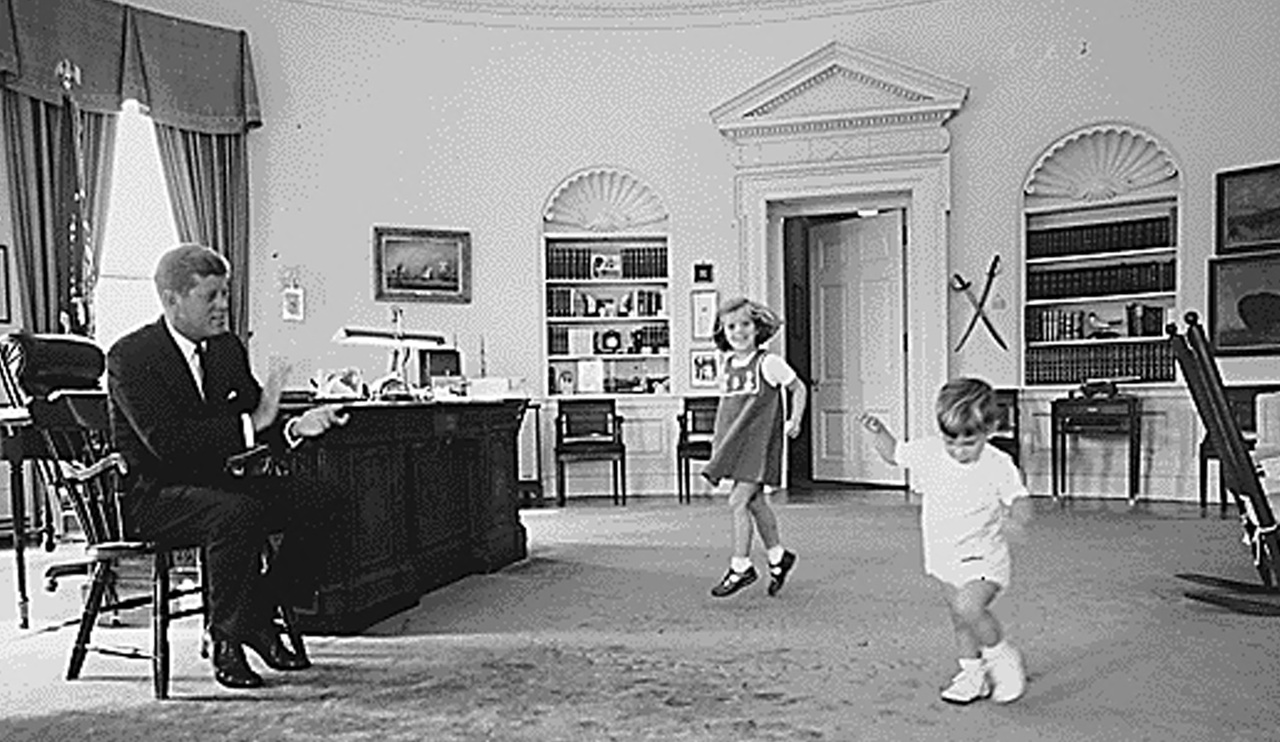

LEAVE A COMMENT: